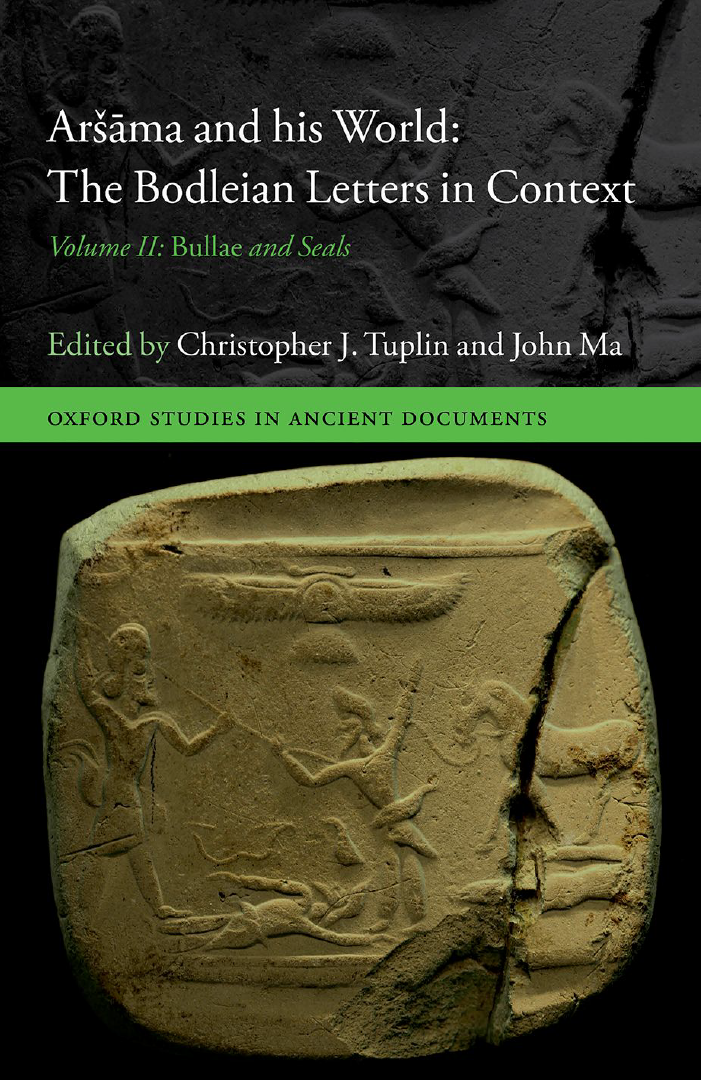Publications so far
0
| 1. |  | Henkelman, Wouter F. M.: Nakthor in Persepolis. In: Bullae and seals (Aršāma and his world: The Bodleian letters in context 2), pp. 193-223, Oxford, 2020. (Type: Book Chapter | Links | BibTeX)@inbook{NakthorinPersepolis, |
| 2. | Collon, Dominique: Lapis Lazuli from the East: A stamp seal in the British Museum. In: Ancient Civilizations from Scythia to Siberia, iss. 5, no. 3, pp. 31-39, 1999. (Type: Journal Article | Abstract | Links | BibTeX)@article{nokey,The article deals with the interpretation of two images on the lapis lazuli stamp seal from the Western Asiatic Department of Antiquities in the British Museum. The author compares the images with scenes on Shahdad "standard", on bifacial disc from eastern Iran and on fragments of steatite vases from Louvre and the British Museum, and comes to the conclusion that the figure with a sidelock is a male personage, the other one is a female. Links with the art of south-eastern Iran put the stamp seal in the context of the Trans-Elamite culture, about 2550-2250 B.C. |
2020 |
|
 | Henkelman, Wouter F. M.: Nakthor in Persepolis. In: Bullae and seals (Aršāma and his world: The Bodleian letters in context 2), pp. 193-223, Oxford, 2020. (Type: Book Chapter | Links | BibTeX | Tags: Achaemenid, Fars, Seals)@inbook{NakthorinPersepolis, |
1999 |
|
Collon, Dominique: Lapis Lazuli from the East: A stamp seal in the British Museum. In: Ancient Civilizations from Scythia to Siberia, iss. 5, no. 3, pp. 31-39, 1999. (Type: Journal Article | Abstract | Links | BibTeX | Tags: Minerals, Seals)@article{nokey,The article deals with the interpretation of two images on the lapis lazuli stamp seal from the Western Asiatic Department of Antiquities in the British Museum. The author compares the images with scenes on Shahdad "standard", on bifacial disc from eastern Iran and on fragments of steatite vases from Louvre and the British Museum, and comes to the conclusion that the figure with a sidelock is a male personage, the other one is a female. Links with the art of south-eastern Iran put the stamp seal in the context of the Trans-Elamite culture, about 2550-2250 B.C. | |
